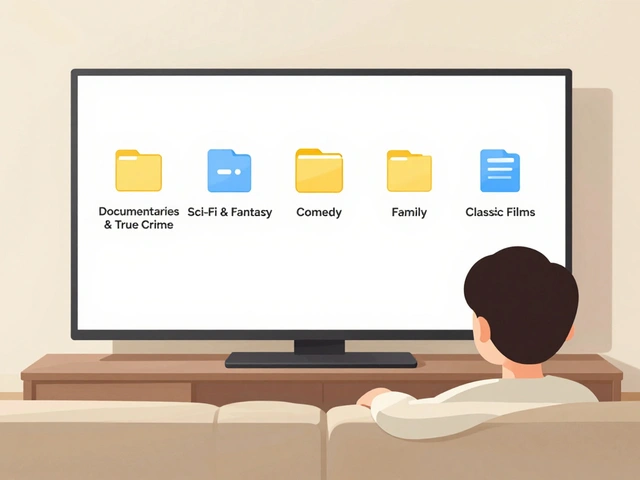Marketing Strategy Elements: The Foundations of Effective Campaigns
When planning any campaign, understanding marketing strategy elements, the core components that shape how a product, service, or brand reaches its audience is crucial. These elements act like LEGO bricks of a marketing plan – pick the right pieces and snap them together for a sturdy structure. One of the most widely taught frameworks is the 4 Ps of marketing, Product, Price, Place, Promotion – the classic mix that guides product launch decisions. In contrast, the 4 Cs of marketing, Customer, Cost, Convenience, Communication – a buyer‑centric twist on the mix flips the focus to the consumer’s perspective. Adding another layer, the 4 As of marketing, Acceptability, Affordability, Accessibility, Awareness – metrics that gauge market readiness help you test whether your offer truly fits the market. If you’re looking to master marketing strategy elements, you’ll soon see how each framework plugs into the bigger picture.
How the Pieces Fit Together
Marketing strategy elements encompass the 4 Ps, the 4 Cs, and the 4 As – think of them as three overlapping lenses that give you depth and breadth. The 4 Ps require clear product decisions; the 4 Cs influence how those decisions are presented to the customer; and the 4 As measure whether the market accepts what you’ve built. This chain of cause‑and‑effect creates a logical flow: you define the product (Ps), you shape the customer experience (Cs), then you test market fit (As). In video marketing, that flow translates to choosing the right video type (Product), deciding where and how it’s distributed (Place/Promotion), tailoring the message to the viewer’s needs (Customer/Communication), and finally checking metrics like watch time and conversion (Acceptability/Awareness).
Core marketing strategies—such as segmentation, positioning, branding, and digital amplification—sit on top of these frameworks. Segmentation tells you which audience slice to target, positioning decides the unique promise you make, branding builds the visual and emotional fingerprint, and digital amplification spreads the content through paid, earned, and owned channels. When you align these tactics with the 4 Ps, 4 Cs, and 4 As, you end up with a plan that’s both strategic and executable. For example, a film marketing strategy might use the 4 Ps to set ticket pricing, the 4 Cs to craft audience‑centric trailers, and the 4 As to assess opening‑week performance. The same logic works for YouTube creators, TikTok marketers, or corporate training videos.
Putting it all into practice starts with a simple checklist: define your product or video offering, map out price and distribution, pinpoint the customer’s cost and convenience expectations, and then set measurable acceptability goals. Avoid the common pitfall of focusing on one framework alone; the real power emerges when you let each element inform the others. In the posts below you’ll find deep dives into each framework, tool comparisons for video editing, pricing guides for editors, and case studies that show the frameworks in action. Browse the collection to see how seasoned marketers and video pros apply these elements to boost ROI, craft compelling stories, and stay ahead of the competition.
11
The 4 Elements of a Winning Marketing Strategy Explained
Learn the four core elements of a marketing strategy-Product, Price, Place, Promotion-plus how to apply them, avoid common mistakes, and build a winning plan.
Latest Posts
Popular Posts
-
 Why Subtitles Aren't Working: Fix Common Video Text Issues
Why Subtitles Aren't Working: Fix Common Video Text Issues
-
 Breakout Indies at the Box Office: How Word-of-Mouth Made These Films Blockbusters
Breakout Indies at the Box Office: How Word-of-Mouth Made These Films Blockbusters
-
 App Layout Strategies: Organize Streaming Services by Genre and Use
App Layout Strategies: Organize Streaming Services by Genre and Use
-
 IMDb’s Top 250 Explained: Why The Shawshank Redemption Still Reigns
IMDb’s Top 250 Explained: Why The Shawshank Redemption Still Reigns
-
 Lord of the Rings: The Rings of Power on Prime Video - What to Know in 2025
Lord of the Rings: The Rings of Power on Prime Video - What to Know in 2025



